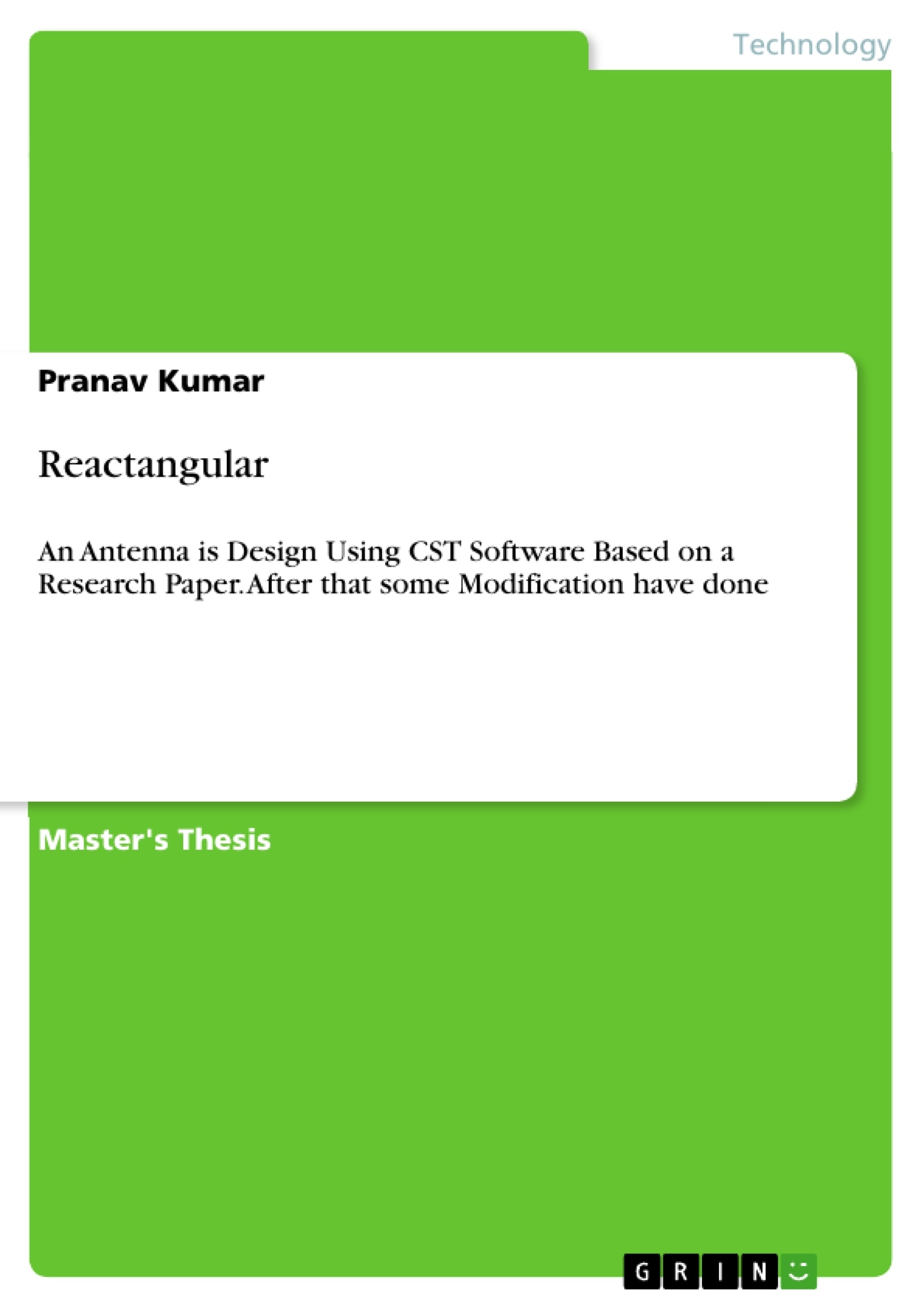The objective of this paper is to provide a comprehensive exploration of Dielectric Resonator Antennas (DRAs), a type of radio antenna predominantly utilized in microwave frequencies. This investigation will encompass various aspects of DRAs, including their diverse shapes, feeding techniques, and the need for their development. Furthermore, it will delve into the problems inherent in conventional metallic antennas, which DRAs aim to address, as well as the objectives and methodology of this study.
In the realm of modern wireless communication, antennas play a pivotal role in facilitating the transmission and reception of audio and video data. As the demand for high-quality, simultaneous data exchange continues to surge, the development of wideband and dual-band antennas has become paramount. It is within this context that Dielectric Resonator Antennas (DRAs) have gained significant attention, particularly in the fields of mobile and wireless communication.
A DRA is a unique type of radio antenna that primarily operates within microwave frequencies. It is constructed from a ceramic material block of various shapes and is often mounted on a conducting surface, serving as a ground plane. DRAs offer several distinct advantages, including compact size, lightweight design, low profile, and cost-effectiveness. They have proven to be practical and efficient elements for antenna applications, boasting attributes such as high radiation efficiency, flexible feed arrangements, simple geometry, and compact form.
The resonant frequencies of DRAs are primarily determined by factors such as size, shape, and the permittivity of the material used. In recent decades, the interest in developing antenna systems operating at higher frequencies has grown considerably. Conventional metallic antennas face challenges related to power losses, radiated power capabilities, and fabrication complexities when scaled down to operate in these higher frequency bands. The solution to these challenges lies in replacing metallic structures with dielectric material structures, giving rise to Dielectric Resonator Antennas.
Inhaltsverzeichnis (Table of Contents)
- CHAPTER 1
- INTRODUCTION
- INTRODUCION TO DIELECTRIC RESONATOR ANTENNA
- Different Shapes of DRA
- Feeding Techniques
- NEED AND MOTIVATION
- PROBLEM STATEMENT
- IDEAL CONDITION
- CONSEQUENCES
- OBJECTIVE
- CHAPTER OUTLINE
- INTRODUCTION
- CHAPTER 2
- LITERATURE
- SURVEY
- LITERATURE
Zielsetzung und Themenschwerpunkte (Objectives and Key Themes)
This thesis aims to design a dielectric resonator antenna (DRA) that achieves dual and wideband frequency operation for Wi-Fi, wireless, and WiMax applications. The primary objective is to enhance the bandwidth, gain, and efficiency of the DRA while minimizing its physical size. To achieve this, the project utilizes a quarter-wave microstrip line feeding technique and explores the concept of an air gap between the ground plane and the dielectric material to increase bandwidth. The study focuses on improving the return loss and achieving optimal impedance matching for improved antenna performance.
- Design and optimization of a DRA for dual and wideband operation
- Investigation of the impact of air gaps and microstrip line feeding on antenna characteristics
- Enhancement of bandwidth, gain, and efficiency through design modifications
- Analysis of antenna performance using simulation software
- Exploration of different resonator shapes and feeding techniques for optimal results
Zusammenfassung der Kapitel (Chapter Summaries)
Chapter 1 provides an introduction to dielectric resonator antennas, outlining their advantages and the need for compact antennas in modern wireless communication. It also discusses the problem statement and the main objective of the research. Chapter 2 presents a comprehensive review of existing literature related to DRA design and optimization, highlighting key findings and identifying research gaps. Chapter 3 delves into theoretical aspects of antennas, including the fundamentals of DRA operation and their performance parameters. This chapter provides a foundation for understanding the design considerations and challenges associated with DRA antennas. Chapter 4 introduces CST STUDIO SUITE, a widely used software for electromagnetic simulations, and outlines the methodology employed in this research project. Chapter 5 presents the simulation results and a detailed parametric analysis of the designed DRA antenna, showcasing the impact of various design modifications on its performance.
Schlüsselwörter (Keywords)
Dielectric Resonator Antenna (DRA), Wideband Antenna, Dual-Band Antenna, Microstrip Line Feeding, Air Gap, Bandwidth Enhancement, Gain, Efficiency, Return Loss, Impedance Matching, CST STUDIO SUITE, Wi-Fi, Wireless, WiMax
- Quote paper
- Pranav Kumar (Author), 2016, Reactangular, Munich, GRIN Verlag, https://www.grin.com/document/903770



